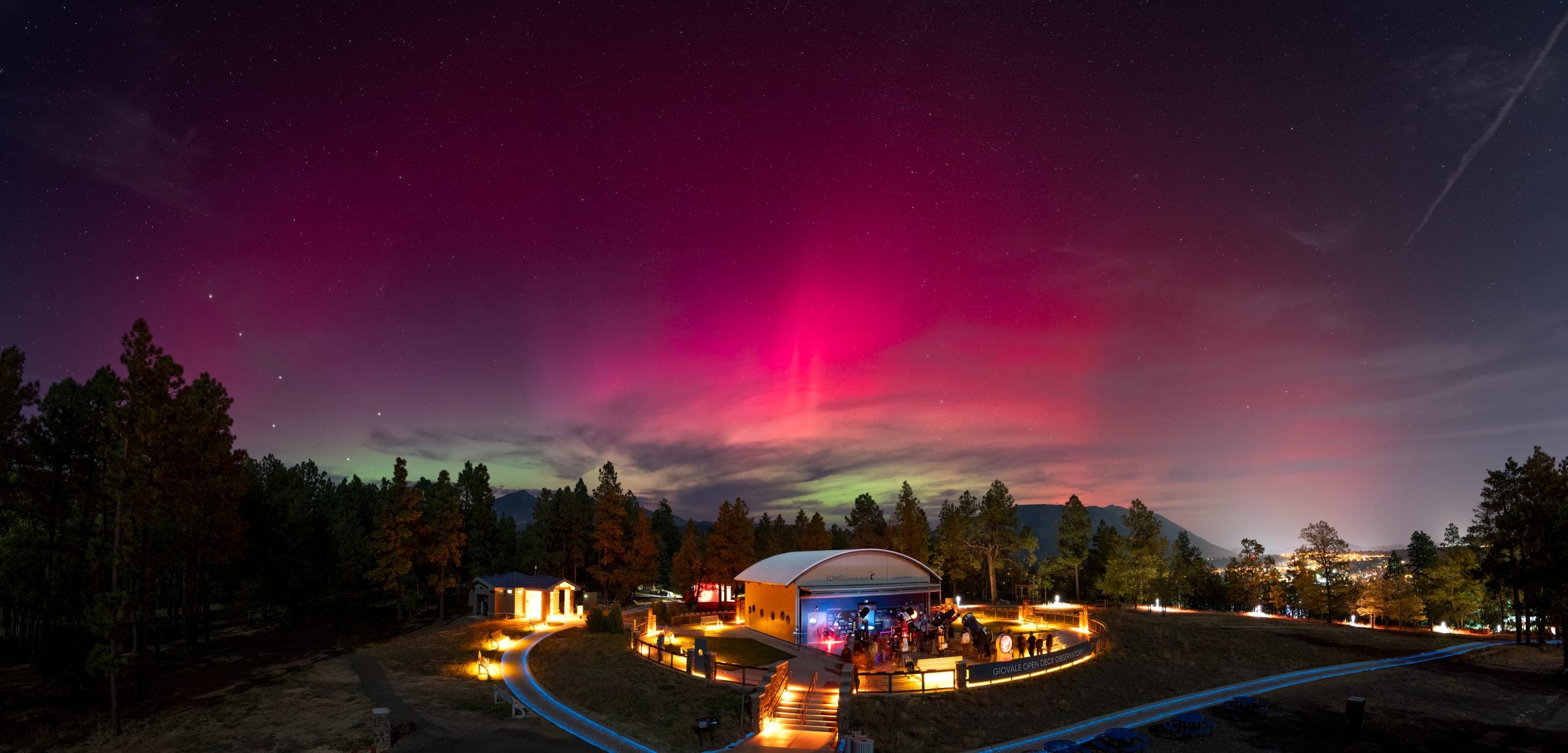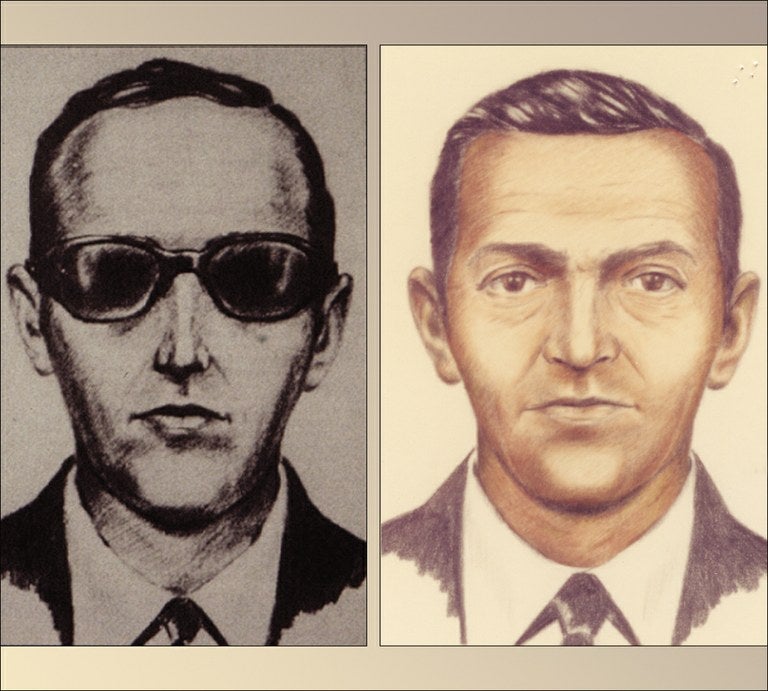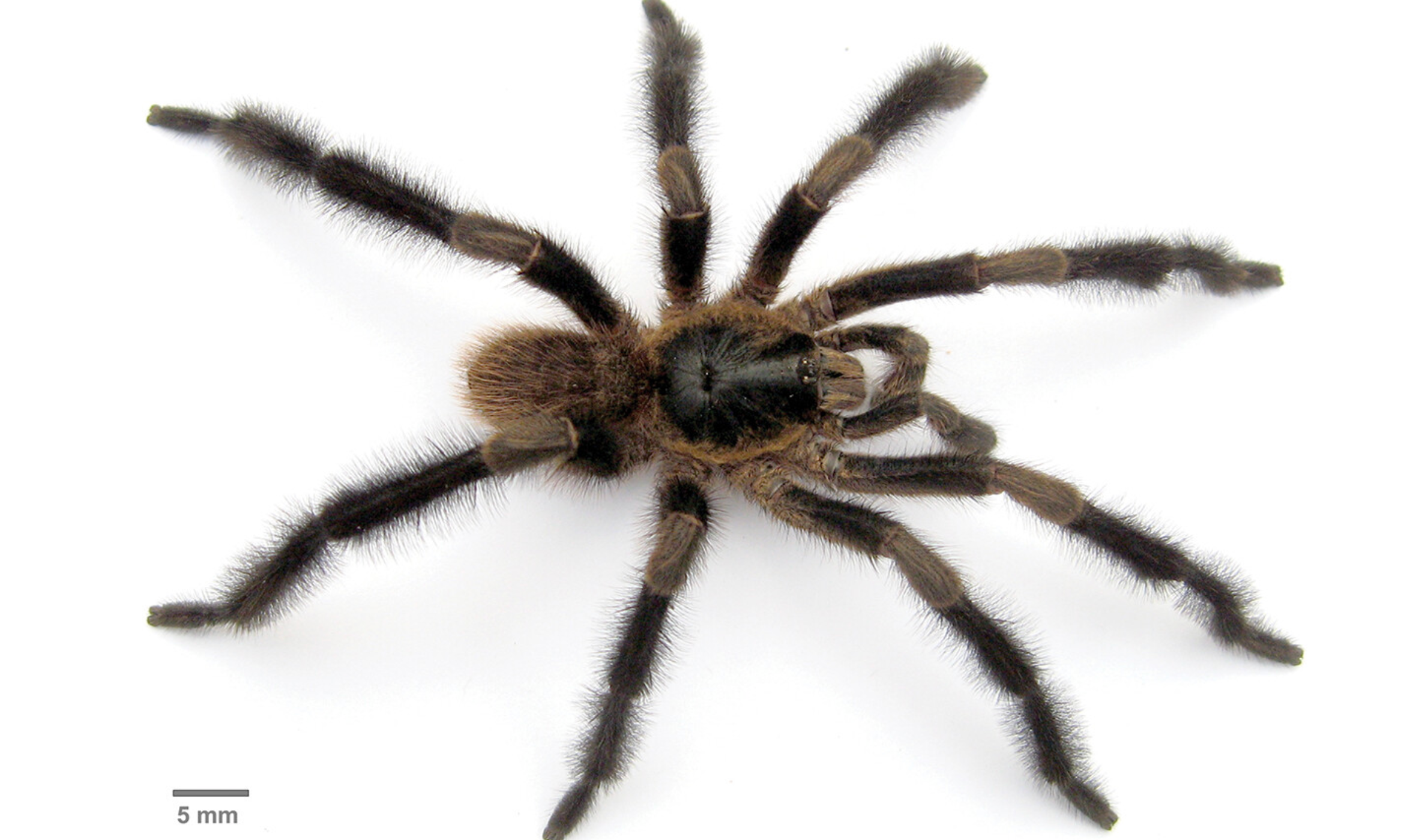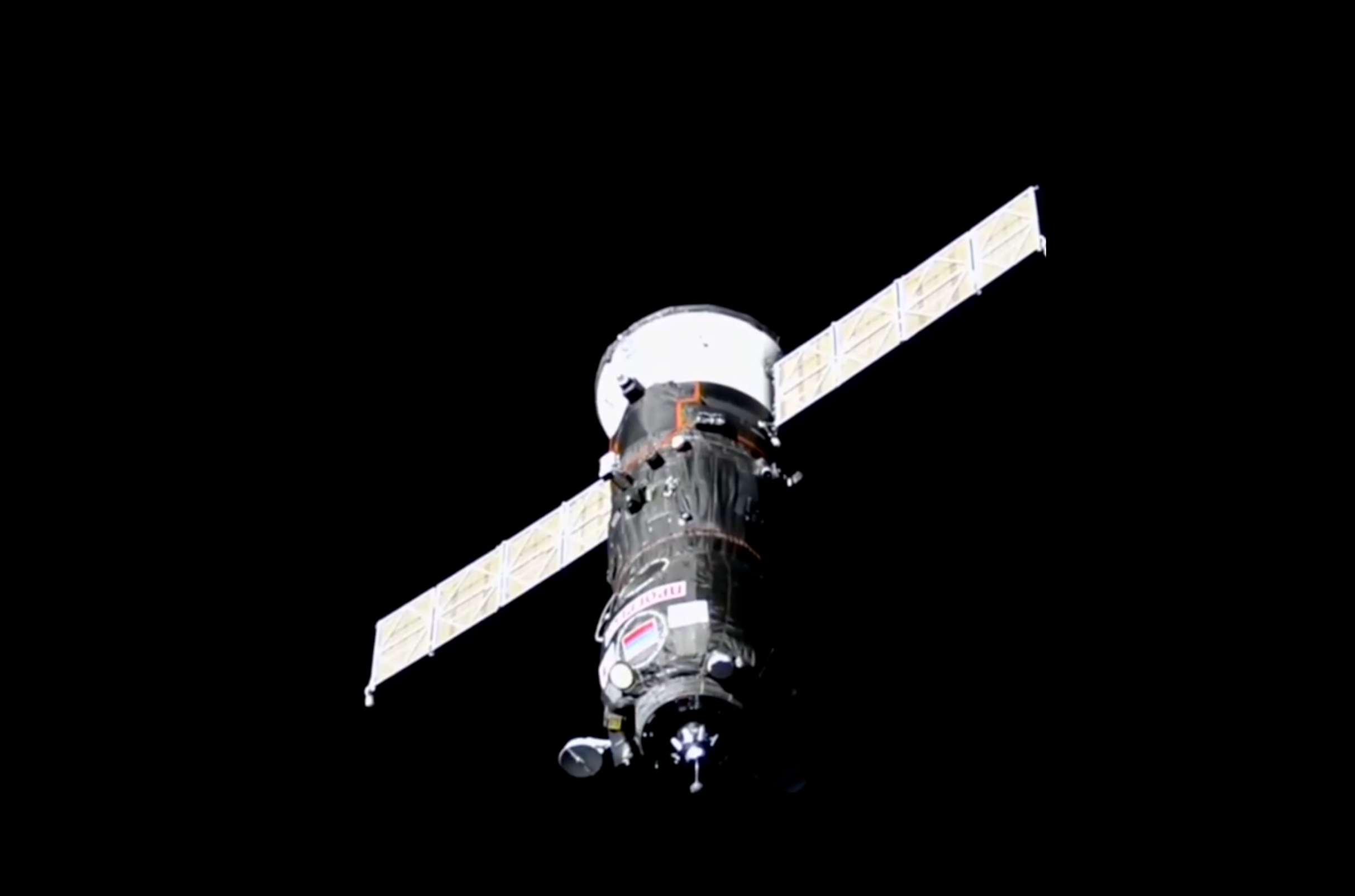Asteroid 2006 WB will zoom by Earth on Tuesday, and astronomers say it’s one of nearly 40,000 near-Earth objects (NEO), which is not even the most exciting. Lowell Observatory astronomer and asteroid expert Nick Moskovitz said we know little about this asteroid coming by so close to Thanksgiving. This is because new NEOs are frequently discovered as technology has improved, not because the threat to Earth is growing. “The frequency of these things is it’s gotten to the point where I just can’t keep up. And it’s a testament to really the capabilities of telescopic surveys that are out there scanning the night sky every night looking for new objects, and they’re getting really good at that,” he said. EARTH’S QUASI-MOON ASTEROID KAMO’OALEWA LIKELY BLASTED OUT OF THIS GIANT MOON CRATERThe European Space Agency’s Near Earth Object Coordination Centre recently highlighted notable NEOs making astronomically close passes of Earth this fall, including 2006 WB. There are nearly 40,000 NEOs, and more than 2,300 were discovered in 2024 alone.2006 WB is estimated to have a diameter of about 100 meters (380 feet) and is expected to reach as close as a little more than twice the distance from Earth to the Moon on Nov. 26. Another asteroid, 2010 WS, zoomed by closer to Earth last week, and their size estimates overlap. “The uncertainty associated with the size of these objects, neither one of these objects is well studied. We don’t know much about them. We have large error bars associated with their actual size,” Moskovitz said.Asteroid 2006 WM is considered a stadium-sized object, but even that is an estimate. According to NASA’s NEO database, it could be larger, over 500 feet, or smaller. Large NEOs pass by Earth all the time, which sounds like bad news, but it’s fine. No, really, it is. “A lot of these close encounters are not known until they’re actually happening, right? That’s because the objects are discovered when they’re easiest to see, and they’re easiest to see when they’re closest to us,” he said. As technology has improved, so has finding and tracking NEOs entering Earth’s neighborhood. The ESA said October was a banner month for NEO discoveries, with more than 450 new objects identified, the most for any month this year.Recently, small asteroids have been discovered just hours before impacting Earth. This is especially exciting because as these asteroids break up over Earth, scientists are tracking them down to the ground. Moskovitz said this is kind of nature’s version of a sample return mission. ASTEROID BREAKS UP OVER PHILIPPINES HOURS AFTER DETECTION SERVING AS REMINDER OF BIGGER THREATS TO EARTH”You don’t need to send $1 billion spacecraft to go get samples off the surface and bring it home. But instead, if you’re watching and have the right tool set up to observe these events, you can see these impacts happening with some frequency,” he said.Another sigh of relief for Earthlings is that close-approach tracking will only improve as technology does. “We’re really in this sort of interesting sort of sea change in astronomy where our ability to collect data is outstripping our ability to analyze it,” Moskovitz said. “We can collect more gigabytes of data than we know what to do with.”Moskovitz said asteroid discovery could have an additional lead time when the Vera Rubin Observatory’s 8-meter telescope in Chile comes online. The U.S. National Science Foundation and the U.S. Department of Energy’s Office of Science-funded observatory is expected to begin operations next year. Lowell Observatory in Flagstaff, Arizona, is also working to peel back the study of astronomy to the public. The observatory’s Marley Foundation Astronomy Discovery Center opened in November. It is a first-of-its-kind art and science center open to all ages. “The really special thing that we bring to it is that we are an active research institute where there are a dozen astronomers doing research right now, and we’re trying to convey that to the public that comes into the door to share with them what the state of the art in astronomy is,” Moskovitz said.







